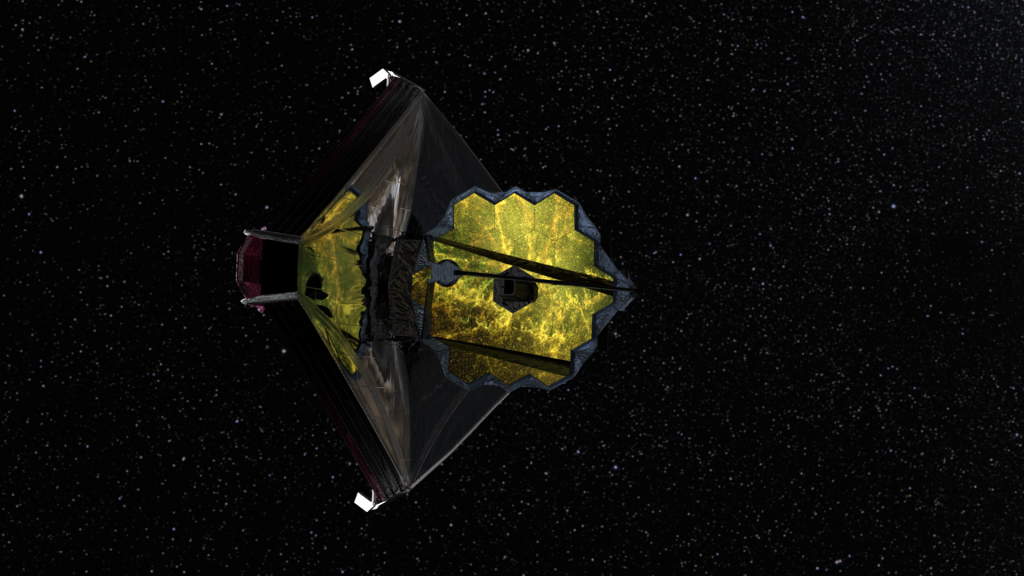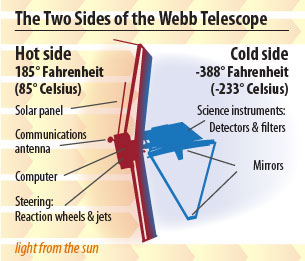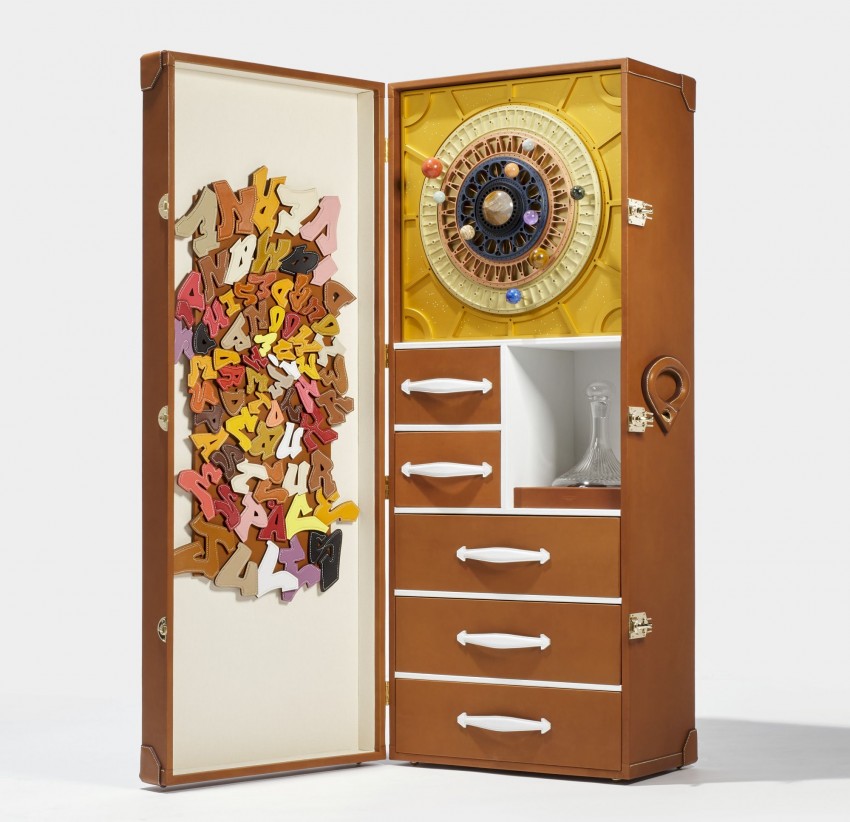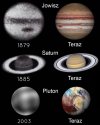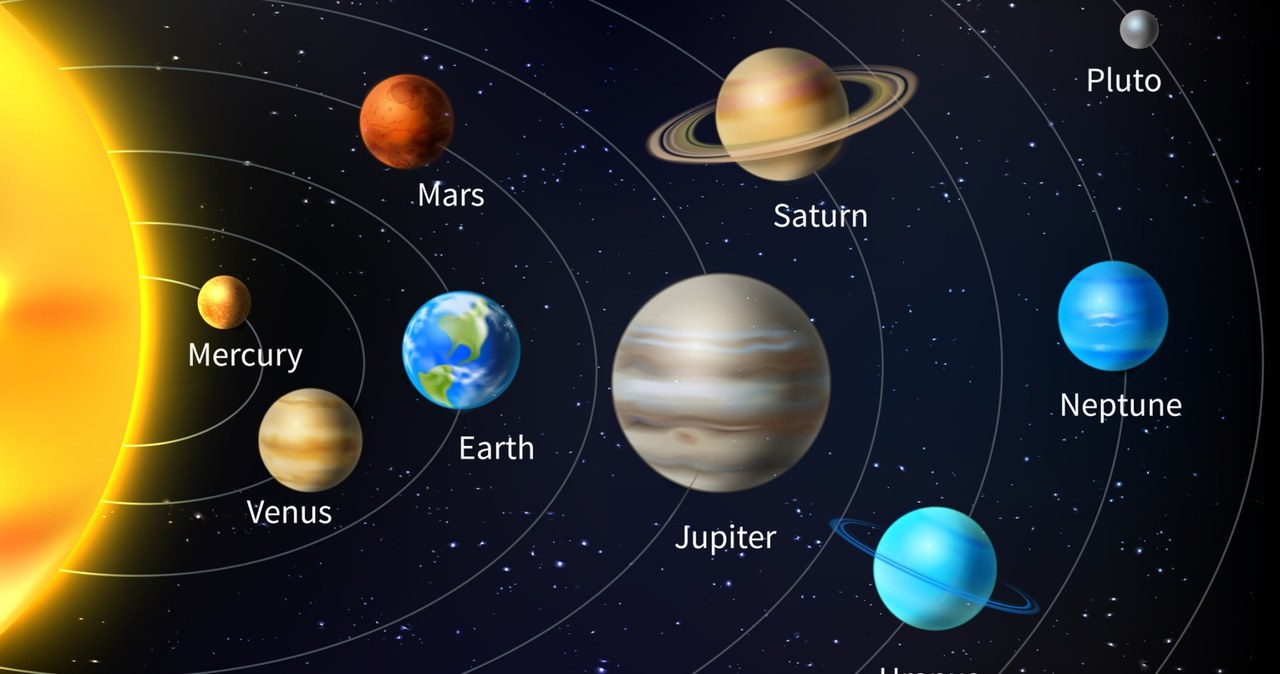Alu
Well-Known Member
- 4 642
- 9 700
Zarówno Ziemia jak i Słońce emitują promieniowanie podczerwone.
JWST ma dokonywać obserwacji w podczerwieni, więc musi się przed tym promieniowaniem z pobliskich źródeł osłaniać osłoną.
L2 to najlepsze miejsce do tego, bo Ziemia i Słońce są ustawione w jednej linii.
JWST ma dokonywać obserwacji w podczerwieni, więc musi się przed tym promieniowaniem z pobliskich źródeł osłaniać osłoną.
L2 to najlepsze miejsce do tego, bo Ziemia i Słońce są ustawione w jednej linii.

